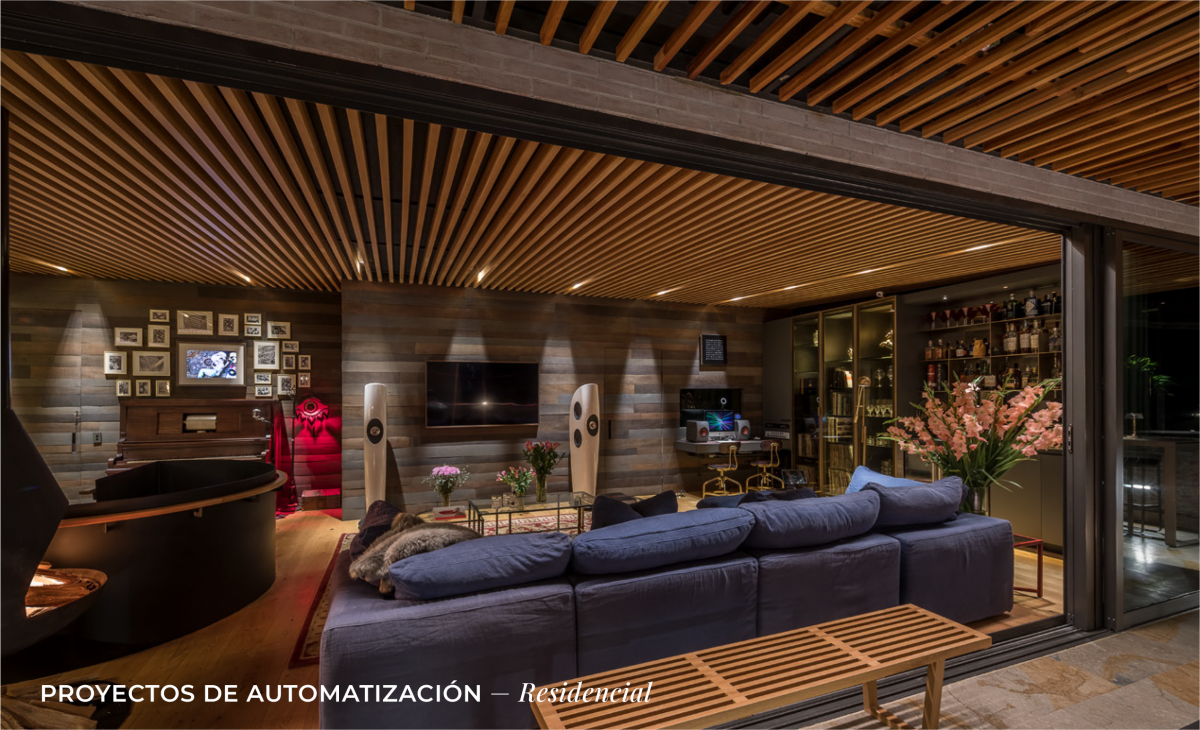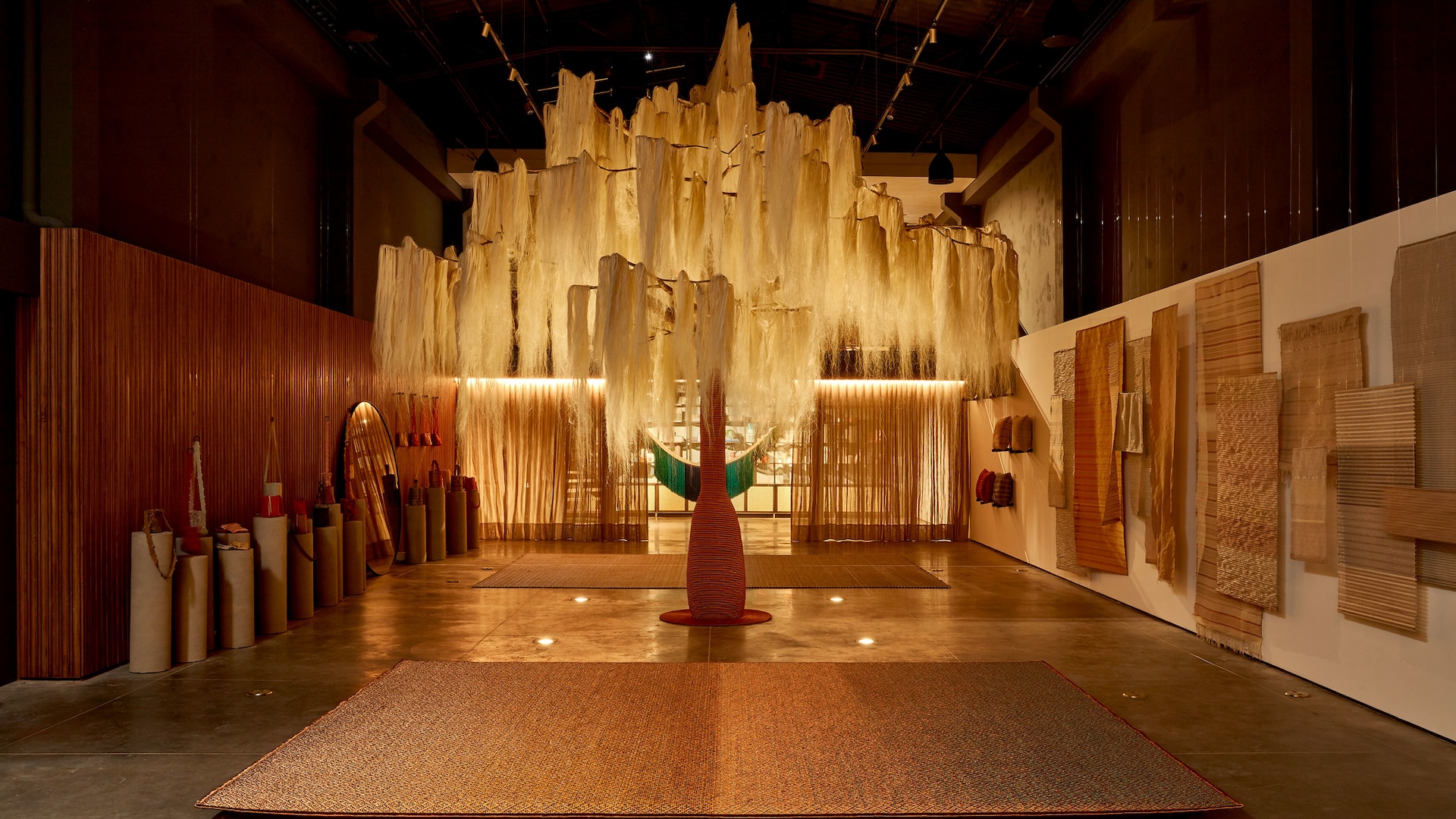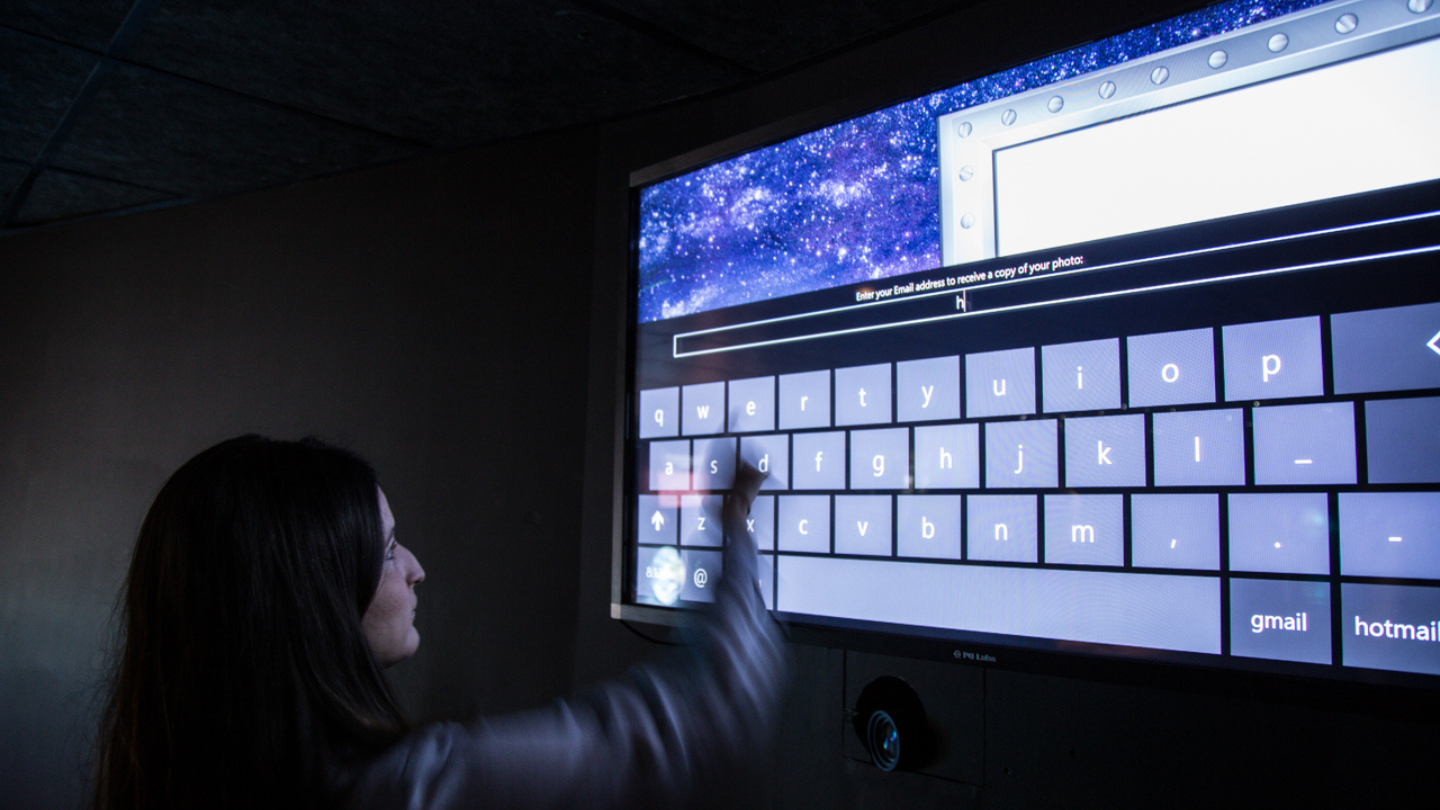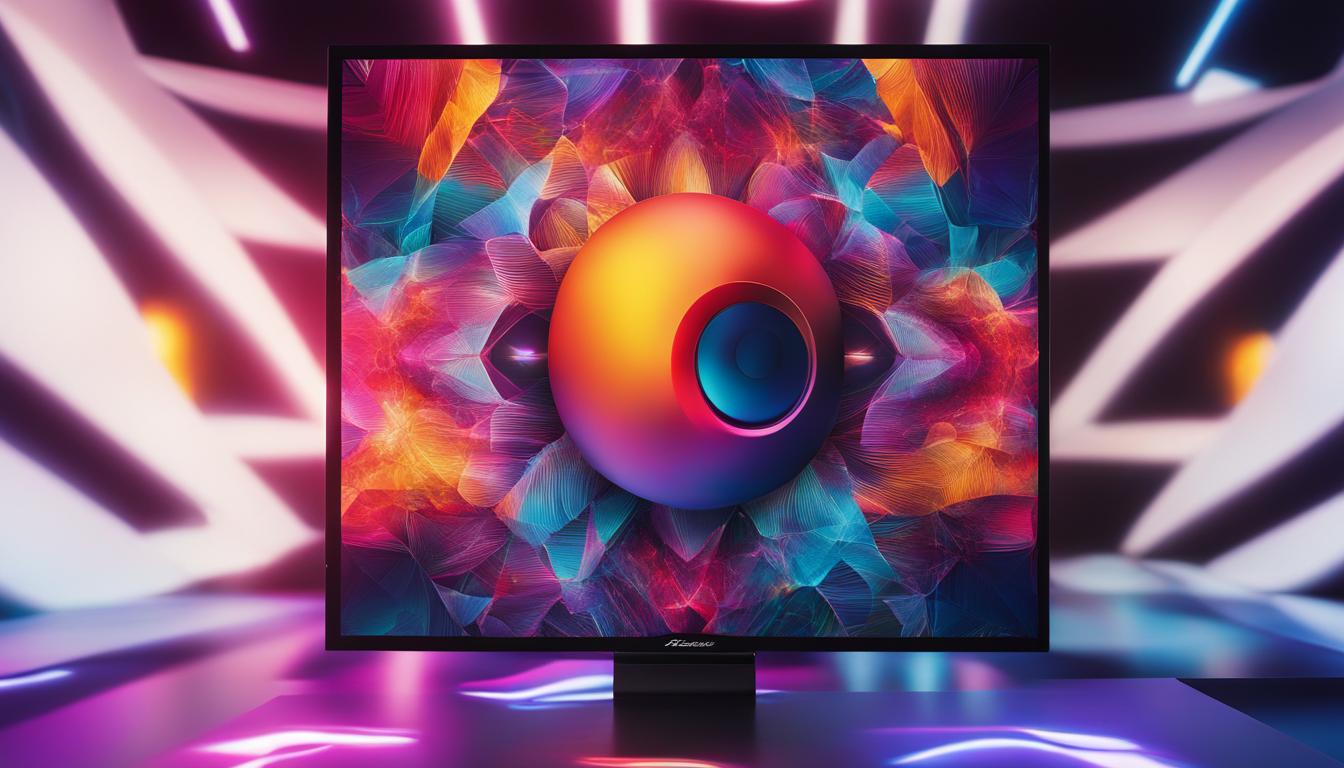Table of contents
- The Interactive Museum Design Process
- Choosing the Right Technology for Your Exhibit
- Creating Engaging Content for Your Interactive Museum Exhibit
- Using Visuals to Enhance Your Museum Exhibit
- Developing Interactive Elements to Engage Visitors
- Integrating Multimedia Technology Into Your Exhibit
- Testing Your Interactive Museum Exhibit
- Understanding the Cost of Interactive Exhibits
- Tips for Keeping Your Interactive Exhibit Relevant
- How to Market Your Interactive Exhibit
- Ensuring Your Interactive Exhibit is Accessible to All Visitors
The Interactive Museum Design Process
Museums are always looking for ways to engage visitors and get them excited about the exhibits. One way to do this is to design interactive museum exhibits that encourage visitors to participate and learn more about the subject matter. But how do you design an exhibit that is both interactive and engaging? Here are some tips:
1. Make sure the exhibit is visually appealing. People are more likely to want to interact with an exhibit if it looks interesting and inviting. Bright colors, interesting graphics, and engaging images will all help to make your exhibit more eye-catching.
2. Make sure the exhibit is easy to use. People should be able to easily understand how to use the exhibit and what they need to do in order to interact with it. Keep instructions clear and concise, and make sure there is enough staff on hand to help visitors if they need assistance.
3. Make sure the exhibit is interactive. This is perhaps the most important element of an engaging exhibit. There should be opportunities for visitors to touch, move, and manipulate the items on display. They should also be able to ask questions and get feedback from the exhibit.
4. Make sure the exhibit is relevant. Visitors should be able to see how the exhibit relates to their own lives or interests. They should also be able to learn something new from the exhibit. If possible, include opportunities for visitors to take away something from the experience, such as a souvenir or piece of information.
5. Ask for feedback from visitors. Once your exhibit is up and running, be sure to ask visitors what they thought of it. Was it interactive enough? Was it engaging? What did they like best about it? What suggestions do they have for improvement? Use this feedback to make changes and improvements to your exhibit so that it can continue to engage and delight visitors for years to come.
Choosing the Right Technology for Your Exhibit
When you’re planning an exhibit, it’s important to choose the right technology. The wrong technology can be distracting, unreliable, and even dangerous. With so many options available, how do you choose the right one for your exhibit?
There are a few things to consider when choosing technology for your exhibit. First, ask yourself what the purpose of the technology is. Is it to provide information? Help visitors interact with the exhibit? Make the exhibit more engaging? Once you know the purpose, you can start narrowing down your options.
Next, consider the type of technology you want to use. There are many different types of museum interactive displays, from simple touch screens to complex augmented reality systems. Each has its own advantages and disadvantages, so it’s important to choose one that will meet your needs.
Finally, consider your budget. Technology can be expensive, so it’s important to choose something that’s affordable and will fit within your exhibit budget.
If you’re still not sure which technology is right for your exhibit, our museum consultants can help you. They can assess your needs and recommend the best technology for your exhibit.
Creating Engaging Content for Your Interactive Museum Exhibit
When most museum professionals think about ways to make their exhibits more engaging, they immediately think about adding more interactives. However, increasing the number of interactives is not always the best way to achieve exhibit engagement. This is especially true if the exhibit already has a high density of interactive elements. In these cases, adding more interactives can actually lead to exhibit overload and decreased engagement.
So, what is the best way to make an exhibit more engaging? The answer lies in creating exhibit content that is more engaging. That is, content that is more engaging than the exhibit currently has.
Here are some tips for creating engaging content for your interactive museum exhibit:
1. Make the content interactive.
Interactive content is more engaging than static content. It allows visitors to get involved and experience the exhibit in a more hands-on way. There are many different ways to make content interactive. You can use touchscreens, touchpads, RFID tags, QR codes, and more.
2. Make the content personal.
Personalized content is more likely to engage visitors than generic content. It helps visitors feel like the exhibit is specifically designed for them. There are many ways to personalize content. You can use data from visitor surveys to target specific content to specific groups of visitors. You can also use visitor data to create personalized recommendations for further exploration.
3. Make the content relevant.
Relevant content is more likely to engage visitors than irrelevant content. It helps visitors see the connection between the exhibit and their own lives. There are many ways to make content relevant. You can use current events to tie the exhibit content to what is happening in the world today. You can also use exhibits to teach visitors about topics that are relevant to their lives.
4. Make the content challenging.
Challenging content is more likely to engage visitors than easy content. It helps visitors feel like they are learning something new and expanding their knowledge. There are many ways to make content challenging. You can use puzzles, games, and other hands-on activities to challenge visitors. You can also use questions and prompts to encourage visitors to think critically about the exhibit content.
5. Make the content visually appealing.
Visually appealing content is more likely to engage visitors than boring content. It helps visitors want to spend time looking at the exhibit. There are many ways to make content visually appealing. You can use colors, patterns, and graphics to catch visitors’ attention. You can also use varying font sizes and types to create visual interest.
By following these tips, you can create exhibit content that is more engaging than the exhibit currently has. This will help you increase visitor engagement and make your exhibit more successful.
Using Visuals to Enhance Your Museum Exhibit

Designing a museum exhibit can be a daunting task. There are so many elements to consider – from the theme of the exhibit to the layout of the space. And one of the most important considerations is how to use visuals to enhance your museum exhibit.
Visuals are a key part of any museum exhibit. They can help set the tone of the exhibit, provide information about the subject matter, and help guide visitors through the space. But how do you choose the right visuals for your exhibit? And how do you create an exhibit that is both visually appealing and informative?
Here are a few tips:
1. Choose visuals that complement the theme of your exhibit.
If your exhibit is about the history of the civil rights movement, for example, you might want to include images that depict key events or figures in the movement. These images can help set the tone of the exhibit and provide visitors with a visual representation of the topics you’ll be discussing.
2. Use visuals to provide information about your subject matter.
In addition to setting the tone, visuals can also be used to provide information about the exhibit’s subject matter. Maps, timelines, and diagrams are all examples of visuals that can be used to give visitors a better understanding of the topics you’re discussing.
3. Use visuals to help guide visitors through the space.
Think about the flow of your exhibit and how you want visitors to move through the space. Use signage and directional cues (arrows, for example) to help guide visitors from one area to the next. And use visual cues (such as color-coding) to help visitors identify different sections of the exhibit.
4. Make sure your visuals are high-quality.
No matter what type of visuals you choose, it’s important that they are high-quality. This means using images that are clear and easy to see, using fonts that are easy to read, and using colors that are easy on the eyes.
5. Use a mix of visuals.
Don’t rely on a single type of visual to communicate everything about your exhibit. Use a mix of visuals – including photos, illustrations, maps, and diagrams – to create an engaging and informative exhibit.
Creating an exhibit that is both visually appealing and informative takes time and effort. But if you keep these tips in mind, you’ll be well on your way to creating a museum exhibit that is sure to engage and educate your visitors.
Developing Interactive Elements to Engage Visitors

The museum experience has changed drastically in recent years. What used to be a passive experience, with visitors simply observing exhibits, has now become much more interactive. Visitors now expect to be able to interact with exhibits in some way, whether it’s through touch screens, games, or other hands-on activities.
As a museum professional, you may be wondering how to create interactive elements that will engage your visitors. Here are a few tips:
1. Know your audience. It’s important to understand who your visitors are and what they’re interested in. What will appeal to them? What will they find engaging?
2. Keep it simple. Too much interactivity can be overwhelming. Stick to a few key elements that will really capture visitors’ attention.
3. Make it relevant. Interactive elements should be directly related to the exhibit topic. They should help visitors understand the exhibit content in a deeper way.
4. Use technology wisely. Technology can be a great tool for engagement, but it should be used sparingly. Keep in mind that not all visitors are comfortable with technology.
5. Don’t forget the basics. Sometimes the simplest things can be the most effective. A well-designed exhibit with clear signage and interesting objects will always be engaging.
Developing interactive elements for your museum exhibits is a great way to engage visitors and enhance their experience. By keeping these tips in mind, you can create elements that are both engaging and relevant.
Integrating Multimedia Technology Into Your Exhibit
In a day and age where technology is ever-changing and advancing, it’s important for museums to keep up with the times and find ways to integrate multimedia technology into their exhibits. Doing so can help to create an interactive and engaging experience for visitors, as well as provide a new way for them to learn about and connect with the museum’s collection.
There are a few different ways that museums can integrate multimedia technology into their exhibits. One way is to use touch screens or kiosks that allow visitors to access information about the objects on display. Another way is to use projections or video displays to enhance the experience of viewing a particular object or artwork. And lastly, museums can use virtual reality or augmented reality to give visitors a truly immersive experience.
No matter what method you choose, there are a few things to keep in mind when integrating multimedia technology into your exhibit. First, make sure that the technology you’re using is accessible and easy to use for all visitors. Second, ensure that the content you’re providing is engaging and informative. And lastly, make sure that you’re using technology in a way that enhances the overall experience of visiting the museum, rather than detracting from it.
By keeping these things in mind, you can create an exhibit that seamlessly integrates multimedia technology and provides a truly unique and enriching experience for all who visit.
Testing Your Interactive Museum Exhibit
When you create an interactive museum exhibit, you want to be sure that it is engaging and entertaining for your visitors. To do this, you’ll need to test it out before it opens to the public. Here’s how to go about testing your interactive museum exhibit:
1. Choose your test audience.
Who do you want to test your exhibit with? Think about who your target audience is and find people who fit that demographic. You can use family and friends, or you can hire professional testers.
2. Give them a tour.
Show your testers around the exhibit and explain how it works. Give them some time to explore on their own, and then see how they interact with the different elements.
3. Get feedback.
After your testers have had a chance to experience the exhibit, ask them for their feedback. What did they like? What didn’t they like? What confused them? What would they change? Getting honest feedback from your testers will help you make necessary changes before the exhibit opens to the public.
4. Make adjustments.
Based on the feedback you received, make whatever adjustments are necessary. This could mean adding signage, changing the layout, or adding more interactivity.
5. Test again.
Once you’ve made your adjustments, it’s time to test again. Repeat steps 2-4 until you’re happy with the results.
Testing your interactive museum exhibit is an important step in the process of creating it. By taking the time to do this, you can be sure that your exhibit is engaging, entertaining, and accessible for all of your visitors.
Understanding the Cost of Interactive Exhibits

Are you thinking about creating an interactive exhibit for your museum, but not sure where to start? There are many factors to consider when planning an exhibit, and one of the most important is the cost.
Creating an interactive exhibit can be a big investment, but if done correctly, it can be well worth the cost. Here are a few things to keep in mind when budgeting for your exhibit:
1. The size of the exhibit.
The size of the exhibit will directly impact the cost. A larger exhibit will require more materials, more labor, and more space. If you’re on a tight budget, it’s important to be realistic about the size of the exhibit you can afford.
2. The type of interactivity.
There are many different types of interactivity, from simple touchscreen games to complex multi-player experiences. The more complex the interactivity, the higher the cost will be. You’ll need to decide what type of interactivity is right for your exhibit and your budget.
3. The use of technology.
Technology can be a great addition to an interactive exhibit, but it also comes at a cost. If you’re planning to use technology in your exhibit, you’ll need to factor in the cost of the hardware, software, and installation.
4. The equipments.
The equipment you use in your exhibit will also impact the cost. If you’re using high-quality equipments, the cost will be higher. But keep in mind that using cheap equipments can often lead to problems down the road, so it’s important to find a balance that works for your budget.
5. The location.
The location of your exhibit can also affect the cost. If you’re exhibiting in a major city, the cost of renting space will be higher than if you’re exhibiting in a smaller town. Keep this in mind when budgeting for your exhibit.
6. The shipping and installation.
If you’re exhibiting internationally, you’ll need to factor in the cost of shipping and installation. This can be a significant expense, so be sure to include it in your budget.
7. The marketing.
Don’t forget to budget for marketing! You’ll need to promote your exhibit to make sure people know about it and want to come see it. This can be done through online advertising, print advertising, and public relations.
8. The staffing.
Finally, don’t forget to budget for staffing. Your exhibit will need to be staffed by trained professionals who can help visitors get the most out of the experience. This is an important part of the exhibit, so be sure to include it in your budget.
Creating an interactive exhibit can be a big investment, but if done correctly, it can be well worth the cost. By keeping these things in mind, you can create an exhibit that’s both exciting and affordable.
Tips for Keeping Your Interactive Exhibit Relevant
Interactive exhibits are a great way to engage museumgoers and get them involved in the exhibits. However, in order to keep your interactive exhibit relevant, there are a few things you should keep in mind.
First, it is important to keep your interactive exhibit fresh and up-to-date. This means regularly adding new content and keeping the existing content fresh. One way to do this is to make sure the exhibit ties in with current events. For example, if there is a major news event happening, you can create an exhibit that ties in with that event.
Second, it is important to make sure your exhibit is engaging. This means having exhibits that are interactive and engaging. One way to do this is to use technology in your exhibit. You can use iPads, touch screens, and other interactive technologies to engage visitors.
Third, it is important to keep your exhibit accessible. This means making sure your exhibit is easy to use and navigate. One way to do this is to use clear and concise instructions. You can also use signage to help visitors find their way around the exhibit.
Fourth, it is important to evaluate your exhibit regularly. This means taking time to see how visitors are interacting with the exhibit and making changes accordingly. One way to do this is to use surveys and questionnaires. You can also ask visitors for feedback directly.
By following these tips, you can ensure that your interactive exhibit is relevant and engaging for museumgoers.
How to Market Your Interactive Exhibit
When it comes to marketing your interactive exhibit, there are a few key things to keep in mind. First and foremost, you need to make sure that your exhibit is actually interactive. This may seem like a no-brainer, but you would be surprised how many museums have exhibits that are anything but interactive. If your exhibit is not interactive, then chances are that people will not be interested in it and will not want to come back.
Second, you need to make sure that you are marketing your exhibit to the right audience. There is no use in marketing your exhibit to families if it is only meant for adults, or vice versa. Make sure that you know your target audience and that you are marketing your exhibit accordingly.
Finally, you need to make sure that you are promoting your exhibit in the right way. There is no use in having an amazing exhibit if no one knows about it. Make sure that you are using all of the available channels to promote your exhibit, including social media, email marketing, and even old-fashioned word-of-mouth.
If you keep these things in mind, then you should have no problem marketing your interactive exhibit successfully.
Ensuring Your Interactive Exhibit is Accessible to All Visitors
Are you planning to create an interactive museum exhibit? This is an excellent way to engage visitors and ensure that your museum is accessible to all. However, there are a few things you should keep in mind when planning your exhibit to make sure it is truly accessible to everyone.
If your exhibit includes touch screens or other interactive elements, be sure to provide Braille or raised lettering so that visitors who are blind or have low vision can still enjoy the exhibit. It is also important to make sure that the exhibit can be easily navigated by visitors who are using a wheelchair or have other mobility impairments.
When selecting the audio for your exhibit, be mindful of visitors who are deaf or hard of hearing. Choose clear and concise narration that can be easily understood, and provide captions or transcripts so that everyone can follow along. You may also want to consider using American Sign Language interpretation.
It is also important to be aware of cognitive disabilities when planning your exhibit. Keep the text short and simple, and use images and other visual aids to help convey information. If possible, provide multiple ways for visitors to engage with the exhibit so that everyone can find a way that works for them.
By keeping these things in mind, you can create an interactive exhibit that is truly accessible to all visitors.
Our Portfolio
Table of contents
- The Interactive Museum Design Process
- Choosing the Right Technology for Your Exhibit
- Creating Engaging Content for Your Interactive Museum Exhibit
- Using Visuals to Enhance Your Museum Exhibit
- Developing Interactive Elements to Engage Visitors
- Integrating Multimedia Technology Into Your Exhibit
- Testing Your Interactive Museum Exhibit
- Understanding the Cost of Interactive Exhibits
- Tips for Keeping Your Interactive Exhibit Relevant
- How to Market Your Interactive Exhibit
- Ensuring Your Interactive Exhibit is Accessible to All Visitors


















